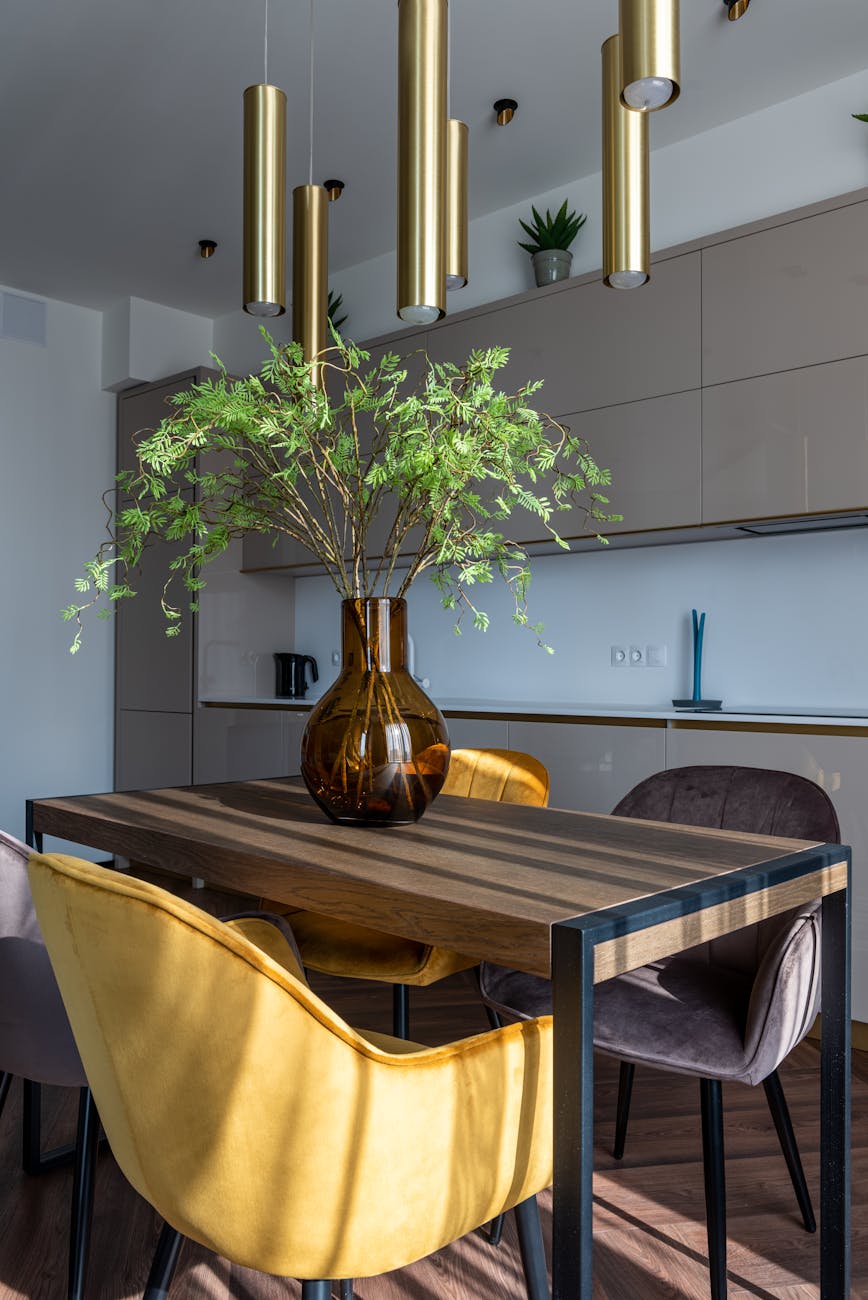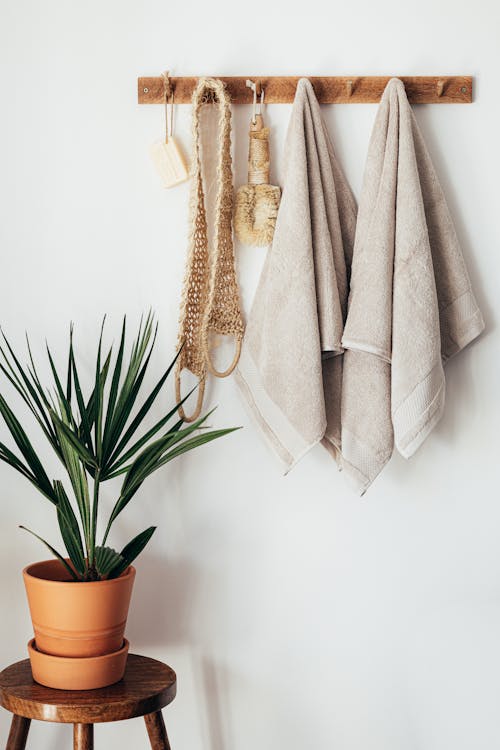7 Top Tips for Building an Eco-Friendly Home
AD| By building an eco-friendly home, not only will you be doing your bit for the environment, but you’ll also enjoy reduced energy bills. In recent years, there has been more emphasis on how we can reduce the speed of global warming and making eco-friendly choices, and it's important to make changes within our homes. After all, every little helps. However, what makes an eco-friendly home is open to interpretation, so you’ll need to decide what it is that you want to achieve before you start your project. For example, do you want to reduce your energy bills, create a more sustainable way of living or build a healthier internal environment for your family?
If you’re building for the ground up, you are in a unique position to consider the structural elements that will impact your global footprint. For instance, pile foundations are usually an eco-friendlier option than concrete because they are quicker and quieter to install and can also be reused if the house ever gets knocked down. You’ll also have more control over the types of doors and windows that are installed. Here are some more tips for building an eco-friendly home…
Get a Water Softener
If you live in a hard water area, your home is constantly being damaged by limescale. Hard water contains minerals that, when heated and evaporates, leaves behind limescale in your heating system, appliances, kettles and more. Anything that heats the water will see a build-up of limescale. This build-up reduces the efficiency of your home, causing all those mentioned above to use more gas and electricity, costing you extra for things you use daily. Installing a water softener will remove these minerals, making your home limescale-free. It will also eventually dissolve any previous limescale build-up, improving your home's efficiency, reducing your carbon footprint and saving you money.
Invest in Solar Panels
The sun is undeniably a powerful energy source, which can be harnessed using solar panels. Unlike other sources of energy, we cannot run out of solar energy, making it a truly renewable option. Solar panels are fairly expensive to install, but will save you money on your energy bills. They are also diverse; in that they can be used to generate electricity and/or heat. They can also be integrated into the building materials and are cheap to maintain.
Install Adequate Insulation
Insulation is important for regulating the temperature in your home. Without it, heat will escape during winter, and you’ll have to turn up your thermostat and keep it on for longer. Not only is that expensive, but also a waste of energy. Insulation also keeps your home cooler during the summer months, meaning you’ll be less inclined to use fans or air conditioning. Bear in mind that you can insulate your roof, floors, walls, and windows.
Ensure Your Windows are Double Glazed
Like insulation, double or even triple glazed windows are great for regulating the temperature in your home because they allow you to retain heat in winter and keep it cooler in summer. They are also great for reducing noise pollution, so are ideal if you live on a busy street.
Consider the Lighting
When it comes to windows, you should also consider their location to ensure there is plenty of natural light in your home. Without it, you will have to keep your lights on, which is neither goo for the environment, nor for your wallet. LED light bulbs are better for the environment than their incandescent alternatives and tend to last longer, so you shouldn’t have to replace them as often. While the upfront cost might seem a lot, you’ll make your money back in a matter of months by saving on your electricity bills.
Use Recycled Materials
Things like doors, carpets, and hardware can be reused, so consider installing second-hand materials where possible rather than producing raw materials. What’s more, it’s worth considering using locally produced materials because they require less energy to deliver.
Consider a Green Roof or Living Wall
There are many benefits to having a green roof/wall. They purify the air, regulate the temperature indoors and provide a rainwater buffer. When done properly, they also look beautiful, so are great for aesthetics. They are lightweight and require very little maintenance.
What ways do you use to make your home more eco-friendly? Which of these tips would you consider starting to use?









0 comments